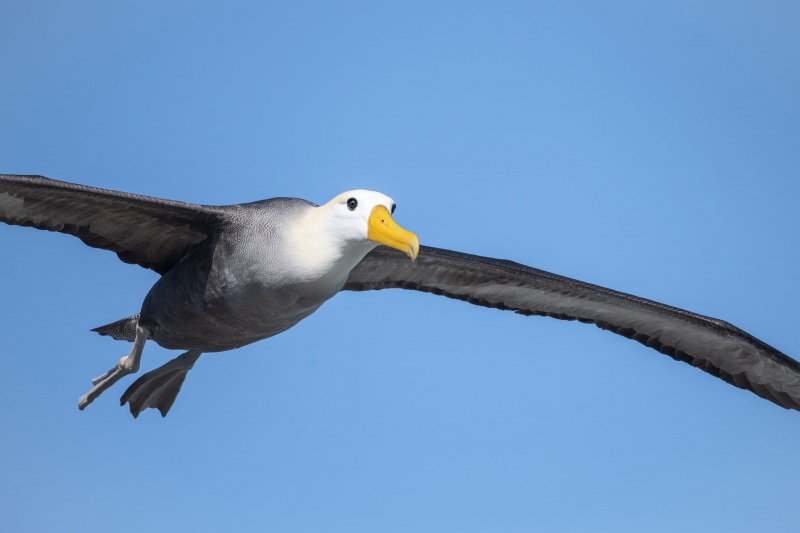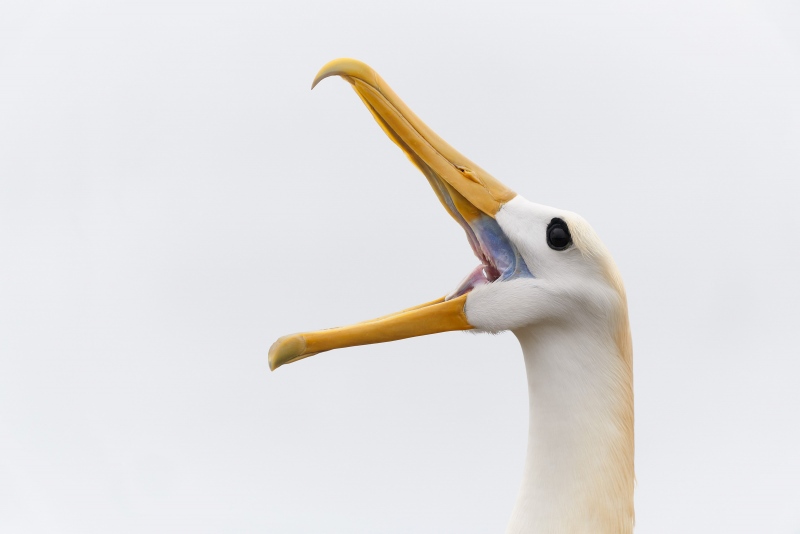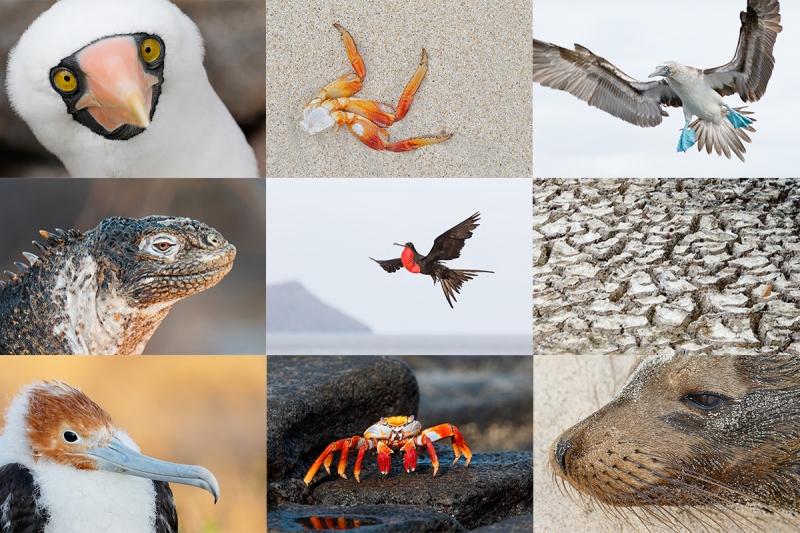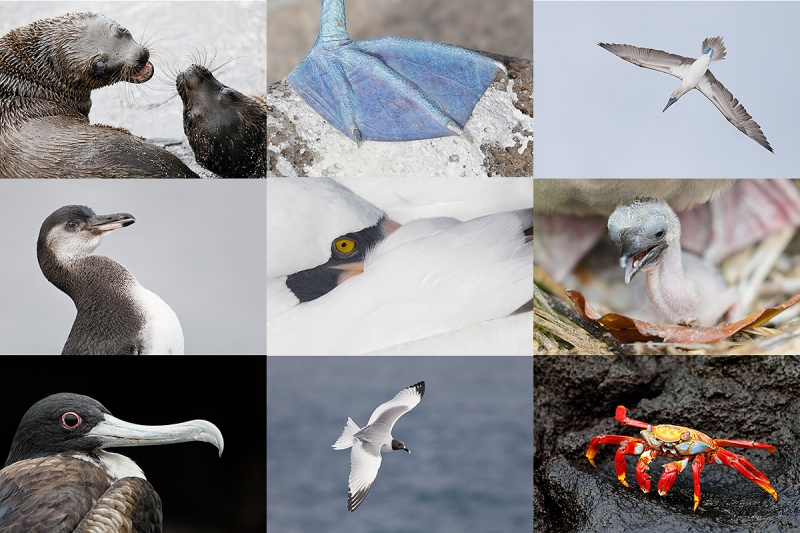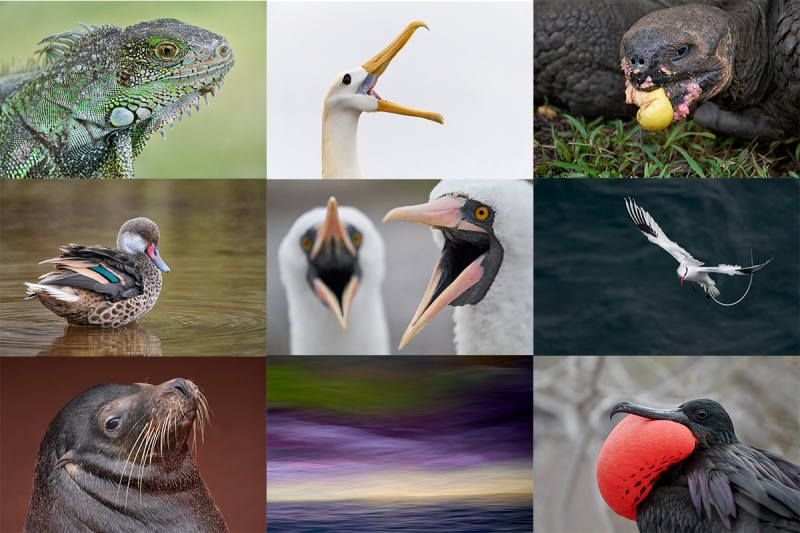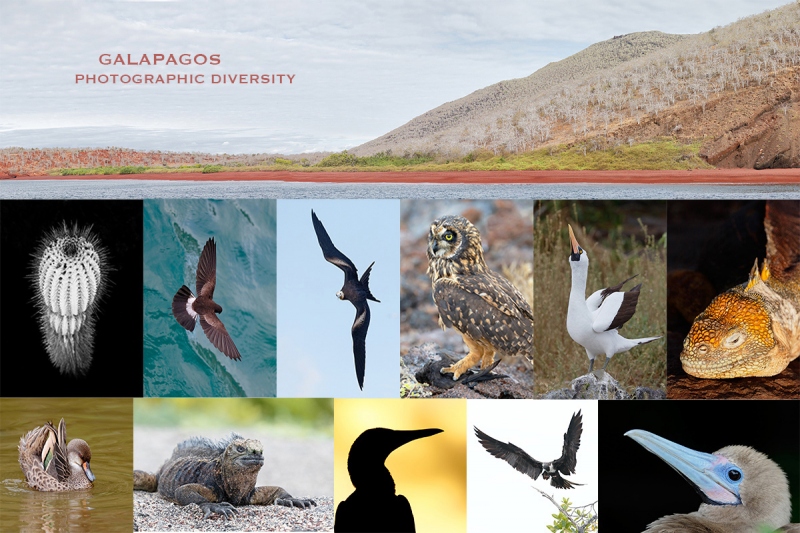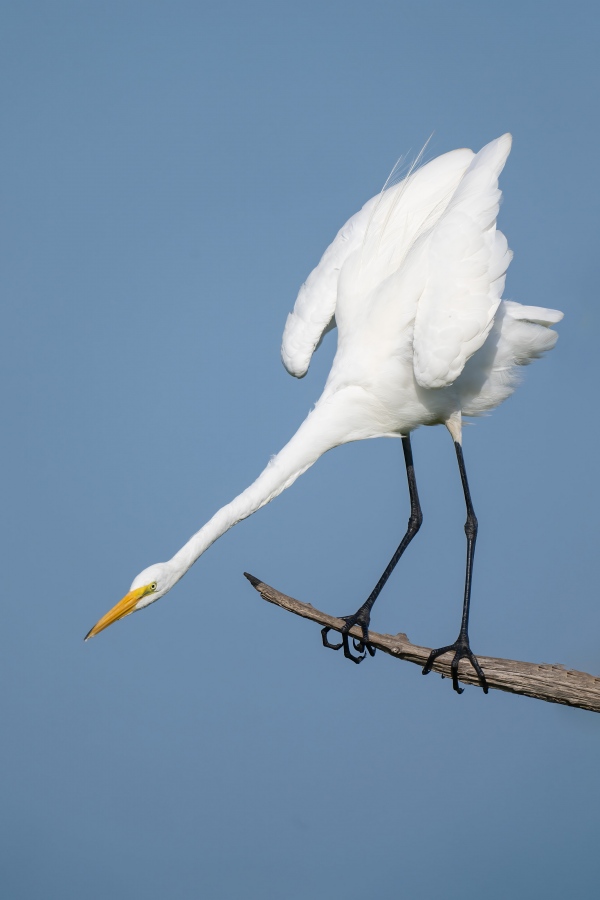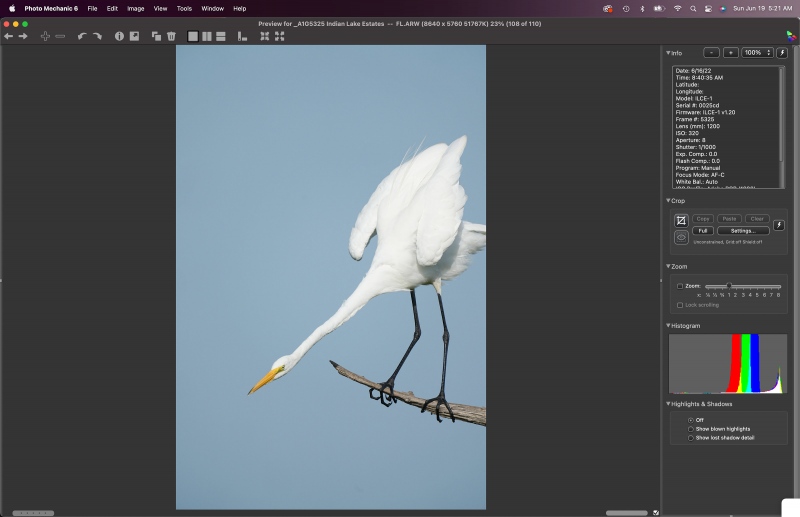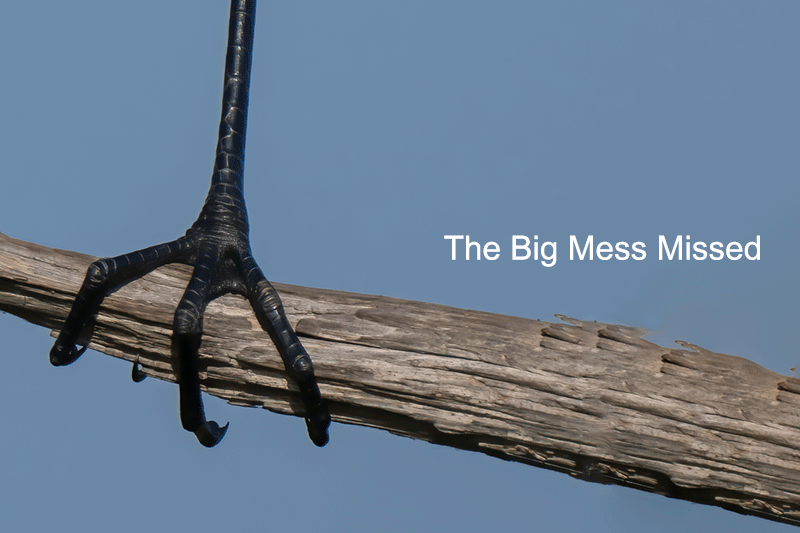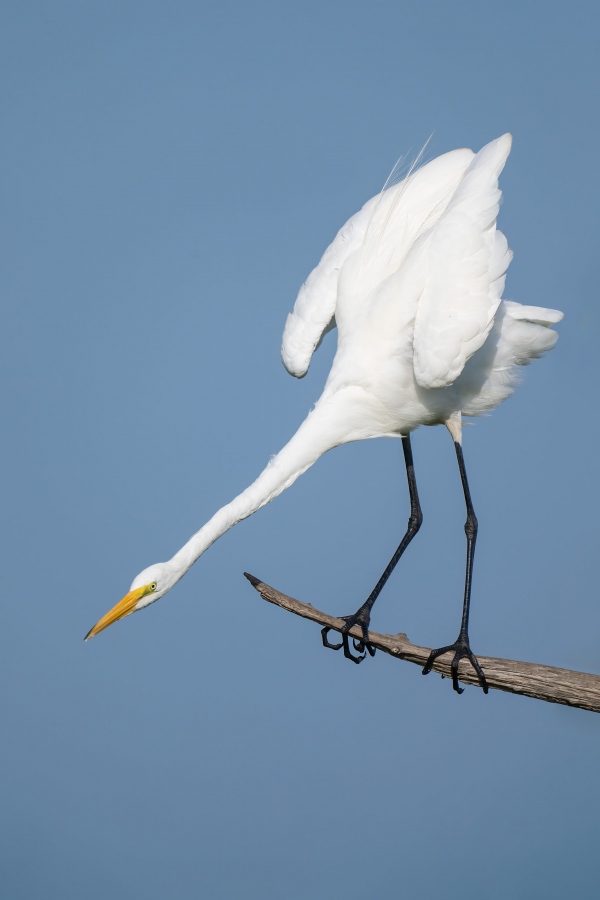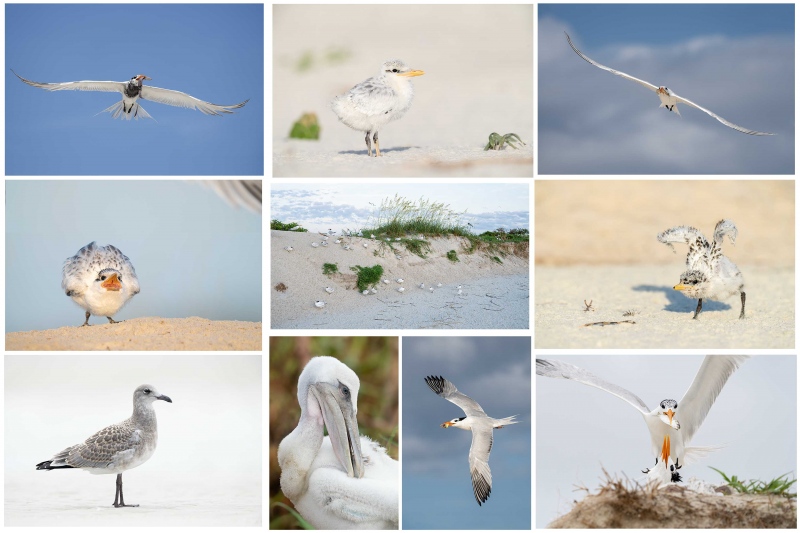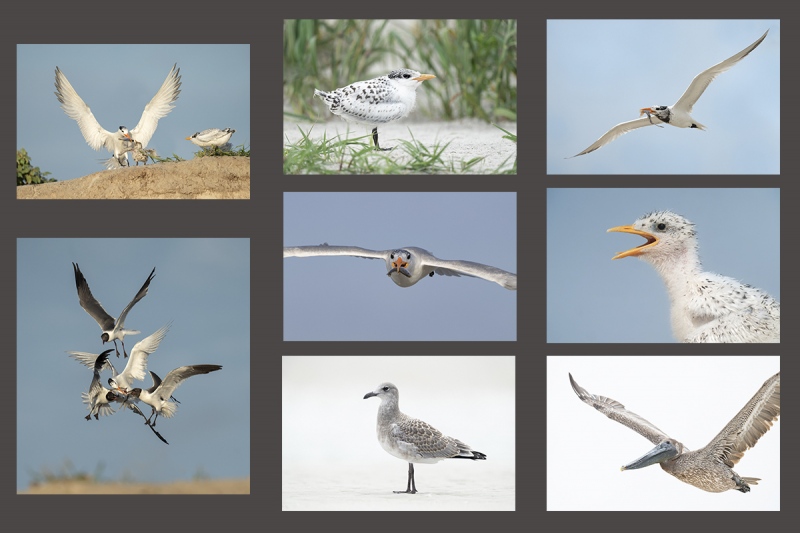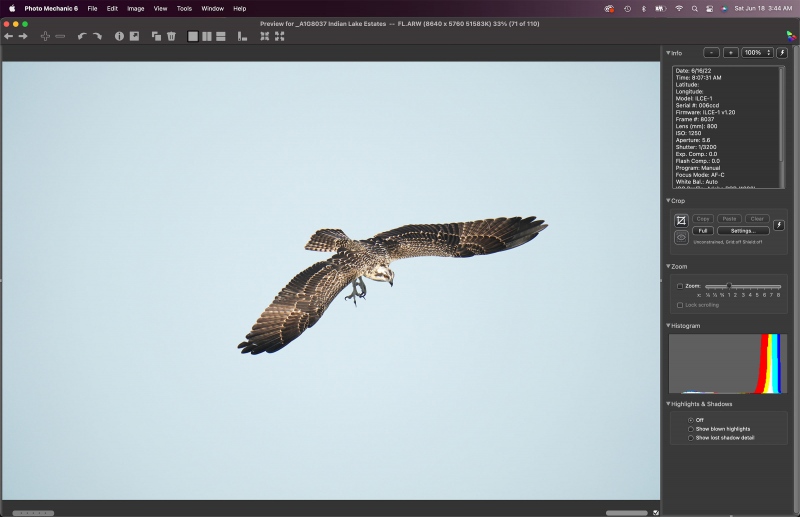Which Do You Like Best?
Which do you like best, the flight shot, the video, or the clacking head shot? Why?
What’s Up?
Sunday morning dawned cloudy. The sun came out for ten minutes early on. I was out for an hour and a half; it was my least productive morning in the last four months. But I had fun and created a few nice images. The best of those were of an adult Killdeer. At about 4pm, my central AC unit began blowing hot air. Ridge Energy should be here today.
Today is Monday 20 June 2022. The forecast for this morning is for sunny with a soft breeze from the east. I will be headed down soon. Wherever you are and whatever you are doing, I hope that you too have a great day. This blog post took more than an hour to prepare and makes ninety-seven days in a row with a new one.
Please remember to use the B&H and Amazon links that are found on most blog pages and to use the BIRDSASART discount code at checkout when purchasing your new gear from Bedfords to get 3% back on your credit card and enjoy free second-day air FedEx. Please, also, consider joining a BAA IPT. You will be amazed at how much you will learn!
BIRDS AS ART Image Optimization Service (BAA IOS)
Send a PayPal for $62.00 to birdsasart@verizon.net or call Jim at 863-692-0906 and put $62.00 on your credit card. Pick one of your best images and upload the raw file using a large file sending service like Hightail or DropBox and then send me the link via e-mail. I will download and save your raw file, evaluate the exposure and sharpness, and optimize the image as if it were my own after converting the raw file in Adobe Camera Raw. Best of all, I will make a screen recording of the entire process and send you a link to the video to download, save and study.
Tamron SP 70-200mm f/2.8 Di VC USD G2 Lens for Nikon F
Susan Piper is offering a Tamron SP 70-200mm f/2.8 Di VC USD G2 Lens for Nikon F in like-new condition for $650.00. The sale includes the rear lens cap, the front lens cover, the original product box and packaging, the lens bag, the owner’s manual, and insured ground shipping via major courier to lower-48 US addresses only. Your item will not ship until your check clears unless other arrangements are made.
Please contact Susan via e-mail.
The versatile 70-200mm f/2.8 lenses have long been big favorites of many nature photographers. They are great for landscapes. I have used this lens with Canon and Nikon and SONY. I used my Canon version to photograph granddaughter Maya’s dance recitals and to create bird-scapes and pre-dawn blast-off blurs at Bosque del Apache NWR in New Mexico. They are fast and sharp and have 1,000 uses. The 70-200 f/2.8 lenses are a specialty lens for bird photographers. Like the bad little child, when they are good, they are really, really good! I’ve used mine mostly for flight photography at point blank range where their performance is unmatched, especially in low light. I’ve killed with these lenses on the gannet boat in the UK, in Homer for eagles, for pre-dawn and blizzard blast-offs at Bosque, and at Merritt Island on single birds from huge feeding sprees right next to the road.
The Nikon version of this super-versatile lens sells new for $1,896.95! Grab Susan’s practically new body and save $1246.95. artie
A popular telephoto zoom lens for a variety of shooting applications, this Nikon F-mount SP 70-200mm f/2.8 Di VC USD G2 Lens from Tamron is characterized by its bright f/2.8 constant maximum aperture, as well as sophisticated optical and physical designs. In regard to optics, an improved layout contains one XLD element and five LD elements to suppress color fringing and chromatic aberrations for notable clarity and color accuracy, and both BBAR and eBAND coatings have been applied to reduce flare and ghosting.
Complementing the optical assets, this 70-200mm f/2.8 also features an advanced Vibration Compensation (VC) system that compensates for up to five stops of camera shake for sharper handheld shooting. A ring-type Ultrasonic Silent Drive autofocus motor is also featured for responsive and accurate performance, and also affords full-time manual focus override for fine-tuned control. Additionally, the lens is also dust- and moisture-resistant for working in trying environmental conditions, and it is paired with a rotating, removable tripod foot with an Arca-type compatible base for seamless shooting atop a tripod or monopod. Tamron & B&H
|
|
|
This image was created Punta Suarez — Espanola (Hood Island), Galapagos, Ecuador on 31 July 2019. I used the hand held Nikon AF-S NIKKOR 500mm f/5.6E PF ED VR lens and my main (#1) Nikon D850. ISO 500. Matrix metering at about +1/3 stop as originally framed was perfect: 1/3200 sec. at f/5.6. AUTO1 WB at 3:23pm on a sunny afternoon. Center Group (grp)/Shutter Button/Continuous (AI Servo with Canon) AF as originally framed was active at the moment of exposure. Nikon Focus Peaking fine-tune: +2. See the Nikon AF Fine-tune e-Guide here. Click on the image to enjoy a larger version. Image #2: Waved Albatross in flight |
Photographing Waved Albatross
Punta Suarez — Espanola (Hood Island), Galapagos, Ecuador is just about the only place in the world to photograph Waved Albatross. With two visits, our chances for making some excellent flight shots of this species on my next Galapagos Photo-Cruise of a lifetime will be excellent. My primary lenses on this voyage will be The Sony 70-200mm II GM and the 200-600 G lens. My 600 f/4 GM lens will be left at home, but I just might bring my 400mm f/2.8 GM along for selected landings.
Waved Albatross Courtship Video
Click on the play button above to view my Waved Albatross courtship video. The video was Highly Honored in the Video category of the 2016 Nature’s Best contest. Thanks to Patrick Sparkman for the great work he did editing the videos and shaping them into a highly honored entry.
If you’d like to see this dance in person, join me on the August 2023 Galapagos Photo-Cruise of a lifetime (details below). My trip is the only one on the planet that visits Hood, Tower Island, and North Seymour twice each on a two-week trip. Both locations rank right up there with the best photo locations in the world.
|
|
|
This image was created Punta Suarez — Espanola (Hood Island), Galapagos, Ecuador on 1 August 2019. I used the hand held Sony FE 100-400mm f/4.5-5.6 GM OSS lens with the Sony FE 1.4x teleconverter (at 479mm) and the Sony Alpha a7R III Mirrorless Digital camera body. ISO 800: 1/800 second at f/9 in Manual mode. AWB at 8:33am on a very cloudy morning. Waved Albatross clacking display |
Espanola (Hood Island), Galapagos
Other than a few breeding pairs along the coast of Ecuador, all the world’s Waved Albatrosses nest on Espanola. The population has been relatively stable at about 34,000 pairs. Only a small section of the colony is seen by visitors along parts of the (at times) rocky trail on one of the great landings in all of the archipelago. The trail is rife with Red-tailed Tropicbirds, Swallow Tailed Gulls, and Marine Iguanas. We should have lots of chances on Waved Albatrosses in flight and performing their elaborate courtship dances. In fact, the landing at Hood Island is so good that we do it twice on my trips. And the same is true of spectacular landings at Darwin Bay and North Seymour.
I hope to be making one last voyage to the Galapagos in late August 2023 (as below). If you are interested in joining me on the 2023 Galapagos Photo-Cruise of a Lifetime, scroll down and then get in touch via e-mail.
The Galapagos 2023 Photo-Cruise of a Lifetime IPT
As a child, you dreamed of getting to the Galapagos. As a nature photographer, you’ve dreamed of getting to the Galapagos. If you’ve been, you’ve dreamed of getting back — with your mirrorless gear. International travel is now a reality. And you’ve come to realize that life is short. And that a dream deferred is a dream denied.
Dreams by Langston Hughes
Hold fast to dreams
For if dreams die
Life is a broken-winged bird
That cannot fly.
Hold fast to dreams
For when dreams go
Life is a barren field
Frozen with snow
If you want to make your dream to come true, read everything below carefully, and then get in touch.
|
|
|
Clockwise from upper left corner and back to center: Nazca Booby staring, Sally Lightfoot Crab legs, Blue-footed Booby braking to land, dried mud patterns/Floreana, face of Galapagos Sea-Lion, Sally Lightfoot Crab, Great Frigatebird — large chick, Land Iguana, Magnificent Frigatebird, male in flight with pouch distended. |
The Galapagos 2023 Photo Cruise of a Lifetime IPT/The Complete Galapagos Archipelago Photographic Experience
August 29 – September 12, 2023, on the boat. 13 FULL and two half-days of photography: $15,999.00 double occupancy. Single cabin: $28,999.00. Strict Limit: 13 photographers (plus the leader)
For this trip to run, I need ten deposit checks in hand by August 30, 2022. If this trip does not run, your deposit will, of course, be refunded in full — no questions asked. Five folks plus the leader are already committed.
If you are considering this trip, be sure to check out the Galapagos Gallery here. Please shoot me an e-mail if you are interested or if you have any questions.
|
|
|
Clockwise from upper left corner and back to center: Galapagos Sea-Lions squabbling; Blue-footed Booby foot; Blue-footed Booby in flight; seabird chick; Sally Lightfoot Crab; Swallow-tailed Gull in flight; Great Frigatebird head portrait; Galápagos penguin — juvenile; Nazca Booby resting. |
The Best
This trip is THE best Galapagos Photo-Cruise in the world. By far. No one offers a trip that visits the top three world-class landings twice each (pending National Park Service approval as below). What does this trip offer? The world’s best Galapagos guide, a killer itinerary, a great boat (the Samba), a great crew, and me, with thirteen Galapagos Photo-cruises under my belt. Pre-trip gear suggestions and advice, and twice-daily, pre-landing, location-specific briefings. In-the-field photo instruction and guidance. Jeez, I almost forgot: fine dining at sea! Do know that there are one-week Galapagos trips (six full and two half- days on the boat) “from $9995”! Thus, this trip represents a tremendous value; why go all that way and miss half of the great photographic locations? And why not visit the three very best spots twice each? Additionally, there are two-week trips for less money where the itineraries include several waste-of-time “tourist landings” that offer little in the way of wildlife and nature photography.
Important notes: approval of the itinerary that allows for our extra visits is customarily approved right by the Galápagos National Park Service just before departure. We have never been turned down before. If by some chance the itinerary change is not approved, each participant will receive a $200 rebate.
The great spots that we will visit include Tower Island — including Darwin Bay (almost surely twice!) and Prince Phillips Steps, Hood Island (including Punta Suarez, the world’s only nesting site of Waved Albatross (almost surely twice!), and Gardner Bay -— each of the preceding locations are world-class wildlife photography destinations that rank right up there with the best of Antarctica, South Georgia, the Falklands, Africa, and Midway. We will also visit Fernandina, Puerto Ayora for the tortoises and Darwin’s Finches, Puerto Egas—James Bay, and North Seymour (twice!) for nesting Blue-footed Boobies and both frigatebird species in most years, South Plaza for Land Iguanas and seabirds (including Red-billed Tropicbird), Floreana for Greater Flamingoes, and Urbina Bay (for Land Iguanas. Each is spectacular in its own right. We visit every great spot on a single trip. Plus lots more.
There will be opportunities to snorkel on sunny middays for those who (like me) who wish to partake. We will be the first boat on each island in the morning and the last boat to leave each island every afternoon. If we are blessed with overcast skies, we will often spend 5+ hours at the best sites. And as noted above, mid-day snorkeling is an option on most sunny days depending on location and conditions. On the 2015 trip we snorkeled with thousands of dolphins.
Note that some of the walks are on the difficult side. Great images are possible on all landings with a hand-held 70-200mm lens and a 1.4X teleconverter or an 80-or 100-400mm lens, a 100-500, or a 200-600 lens. In the past, I have taken a longer lens ashore on most landings as they better fit my style. In 2019 I did the whole trip with my Nikon 500PF and my SONY 100-400. In 2023, it is likely that I will do the whole trip with The Sony 70-200mm f/2.8 II (with both TCs) and the 200-600. I just might bring the 400mmm f/2.8 along …
|
|
|
Clockwise from upper left corner and back to center: Green Iguana – Guayaquil; Waved Albatross clicking display; Galapagos Tortoise eating passionfruit: Red-billed Tropicbird: male frigatebird with pouch distended; cave wall blur; face of Galapagos Sea-Lion with red sand background — Rabida: White-cheeked Pintail; Nazca Boobies calling. |
The Logistics & Tentative Itinerary
Please note: All itineraries, routings, and visitor sites on the Galápagos Islands are subject to change by the Galápagos National Park Service to minimize traffic and impact.
SUN August 27, 2023: Arrive in Guayaquil a day early to ensure that we do not miss the boat.
MON August 28, 2023: Introductory sessions.
TUES August 29, 2023: We fly to the archipelago (Baltra) and board the Samba. Heck, on some trips, folks make great images from the dock in Baltra while our luggage is being loaded!
TUES September 12, 2023: We disembark the Samba in mid-morning and fly back to Guayaquil midday; most will overnight there.
Most will fly home on the early morning of Wednesday, September 13, 2023, unless they are staying on or going elsewhere (or catching a red-eye flight on the evening of the TUES September 12.).
$15,999 includes just about everything: all transfers, guide and park fees, all food on the boat, transfers and ground transportation, your flights to and from the archipelago, and three nights (double occupancy) in a top-notch hotel in Guayaquil. If you are good to go, your non-refundable (except as previously noted) deposit of $7,000 per person is due immediately. The second payment of $5,000 is not due until 1/15/2023. The final payment of $3,999 per person will be due on 5/15/2023. All payments must be made by checks made out to BIRDS AS ART and mailed to Arthur Morris/BIRDS AS ART, PO BOX 7245, Indian Lake Estates, FL 33855. Deposits are double for single supplements.
Again, this trip needs ten participants registered by August 30, 2022, to run, so please do not book your flights until you learn that we are good to go.
Travel insurance for both big international trips and US-based IPTs is highly recommended as we never know what life has in store for us. I strongly recommend that you purchase quality travel insurance. Do note that many plans require that you purchase your insurance within 14 days of our cashing your deposit check or running your credit card. Whenever purchasing travel insurance, be sure to read the fine print carefully.
Not included: your round-trip airfare from your home to and from Guayaquil, beverages on the boat, phone calls, your meals in Guayaquil, personal items, and an $800/person cash tip to be shared by the crew and the guide. These folks will be waiting on us hand and foot every day for two weeks. The service on the boat is so wonderful that many folks opt to tip extra.
Please note: the current fuel surcharge of $300/person is included in the cost of the trip. If there is a significant increase in the price of diesel fuel in the next 14 months, the cost will be shared on a per/person basis (payable by check after you get home).
|
|
|
Clockwise from upper left corner and back to center: barrel cactus — infrared; Galapagos Storm Petrel — dorsal view; juvenile frigatebird banking; Short-eared Owl withe Wedge-rumped (Galapagos) Petrel; Nazca Booby displaying; immature frigate bird landing; booby sunset silhouette; Marine Iguana; White-cheeked Pintail displaying drake. |
The Itinerary
The Logistics
SUN August 27, 2023: Arrive in Guayaquil a day early to ensure that we do not miss the boat.
MON August 28, 2023: Introductory sessions.
TUES August 29, 2023: We fly to the archipelago (Baltra) and board the Samba.
On the Boat
Day 1: Tuesday, August 29 — PM North Seymour
Day 2: Wednesday, August 30 — Genovesa: AM Darwin Bay, PM Prince Phillips´ Steps
Day 3: Thursday, August 31 — Marchena: AM Playa Negra, PM Navigation to Isabela
Day 4: Friday, September 1 — Isabela: AM Punta Albemarle, PM Punta Vicente Roca
Day 5: Saturday, September 2 — AM Fernandina: Punta Espinoza, PM Isabela: Bahía Urbina
Day 6: Sunday, September 3 — Isabela: AM Elizabeth Bay, PM Punta Moreno
Day 7: Monday, September 4 — Floreana: AM Post Office Bay, PM Punta Cormorant
Day 8: Tuesday, September 5 — Santa Cruz: AM Highlands and Lunch, PM free time in the city with some usually poor internet access.
Day 9: Wednesday, September 6 — Española: AM Gardner Bay, PM Punta Suárez
Day 10: Thursday, September 7 — Española: AM Punta Suarez, PM Navigation to San Cristóbal
Day 11: Friday, September 8 — San Cristóbal. AM Isa Lobos (until 9 am), PM Punta Pitt
Day 12: Saturday, September 9 — AM Santa Fe, PM South Plaza
Day 13: Sunday, September 10 — Genovesa: AM Darwin Bay, Navigation to Santiago
Day 14: Monday, September 11 — AM: James Bay, PM Rábida
Day 15: Tuesday, September 12 — North Seymour from 6 to 9am. We disembark late morning and fly back to Guayaquil midday; most will overnight there.
Wednesday, September 13, 2023: Fly home.
I do hope that you can join us on what will surely be a rich and rewarding photographic voyage.
Typos
With all blog posts, feel free to e-mail or to leave a comment regarding any typos or errors.

